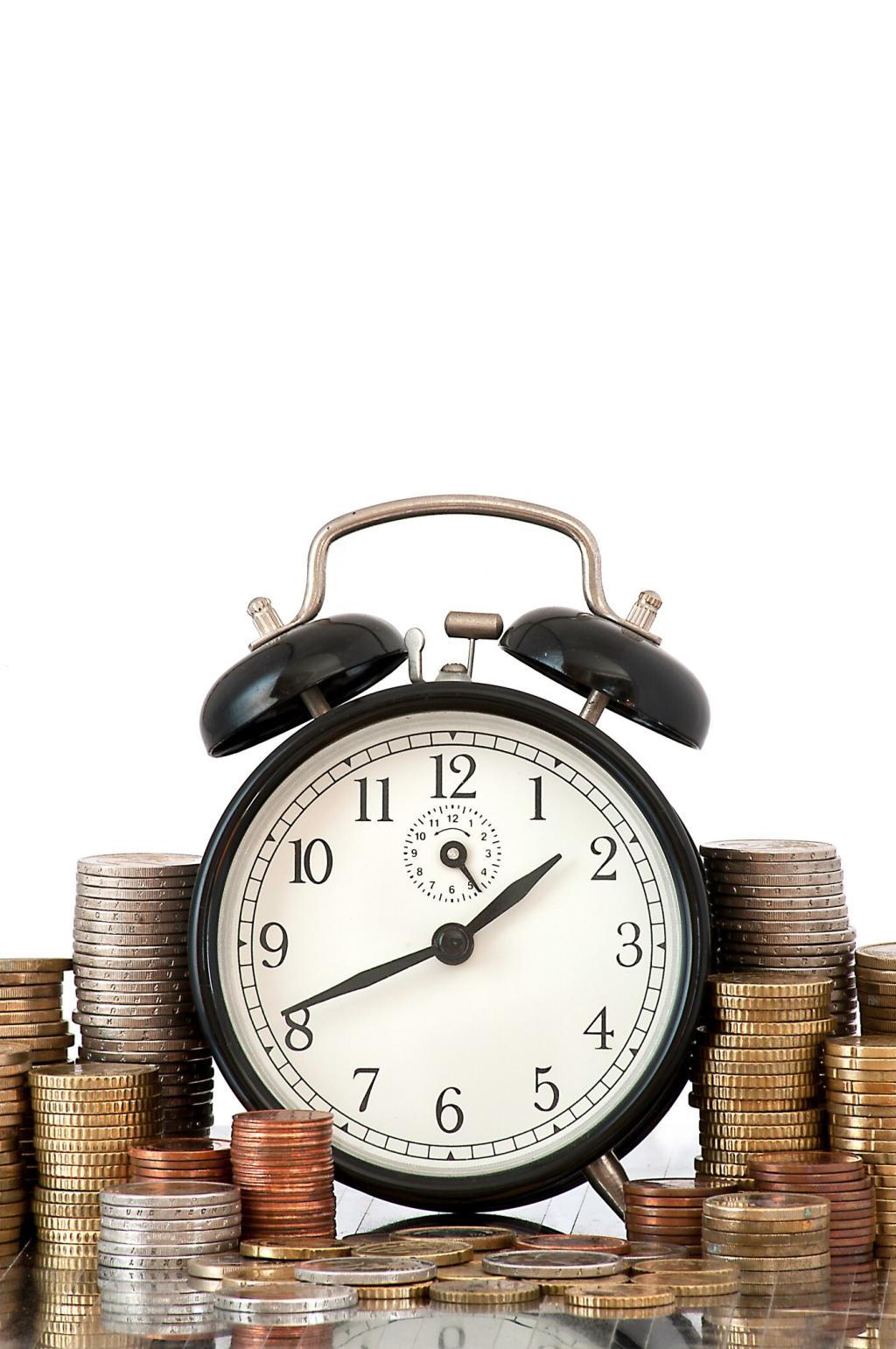Community and Continuity: Staying Ahead Together
Post partial serials publicly and keep full numbers for trusted parties or registries. Watermark photos and strip geolocation data. If you suspect theft, share full details with law enforcement and verified databases. Responsible sharing helps recover watches without feeding counterfeiters or exposing your collection to additional risk.
Community and Continuity: Staying Ahead Together
Register serials with reputable databases, and check prospective purchases against stolen lists. Support brands and communities that authenticate parts and report fakes. Collective vigilance narrows illicit resale channels. If you’ve recovered a piece, tell your story—lessons learned help others tighten their own defenses before trouble finds them.

